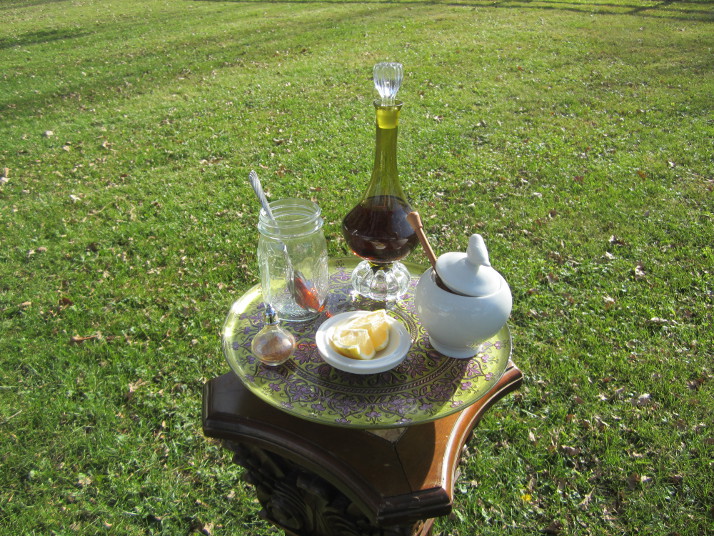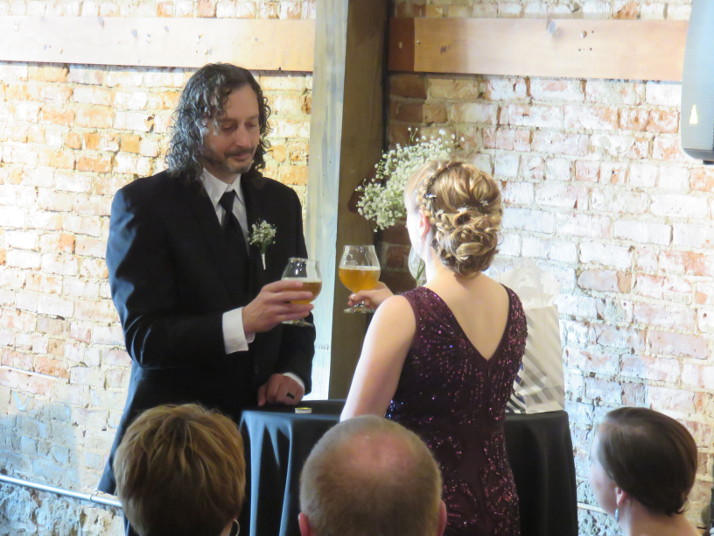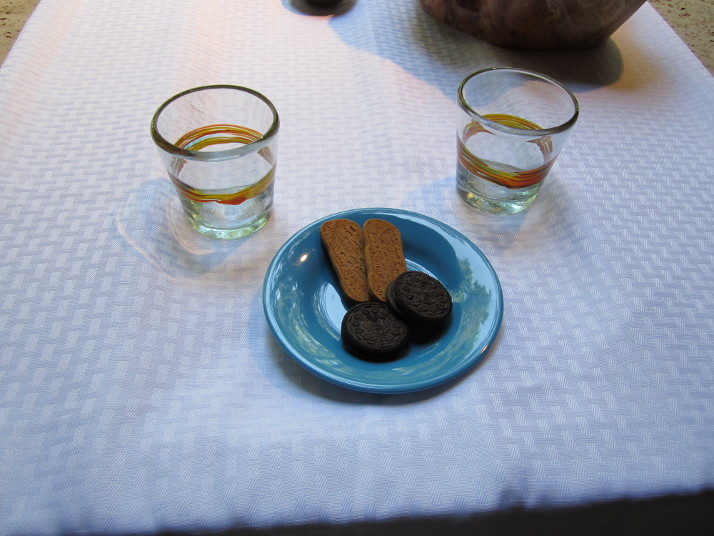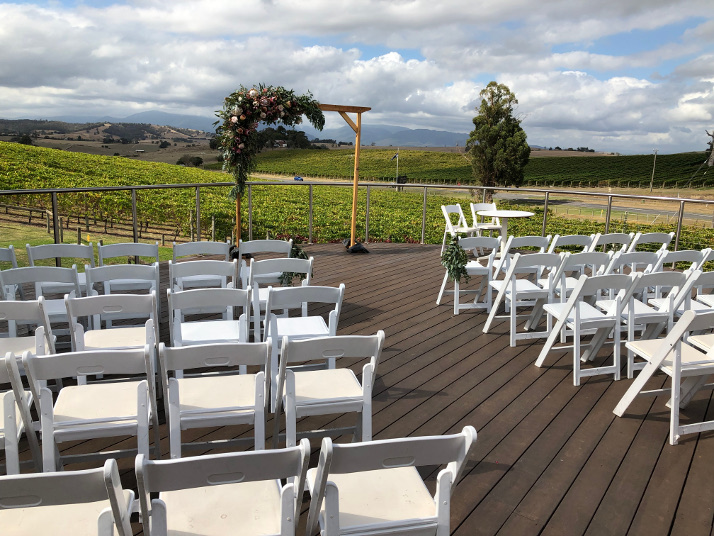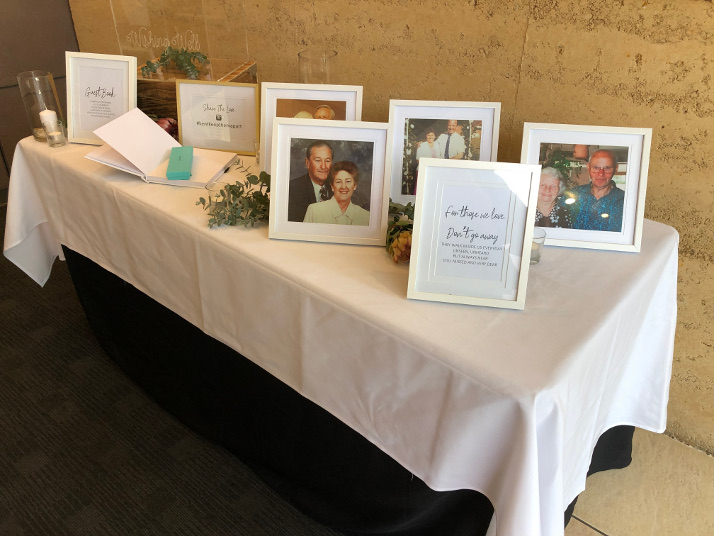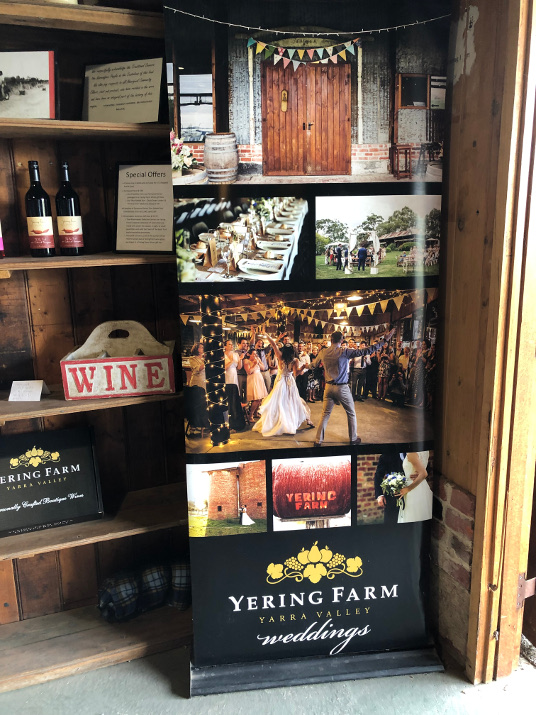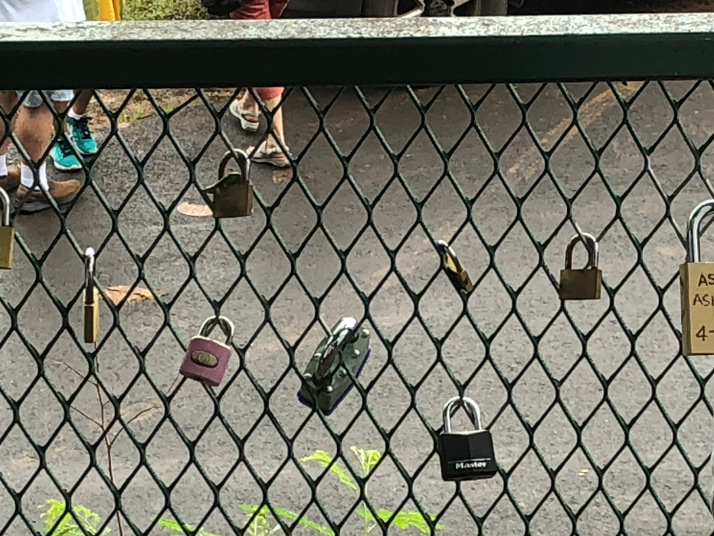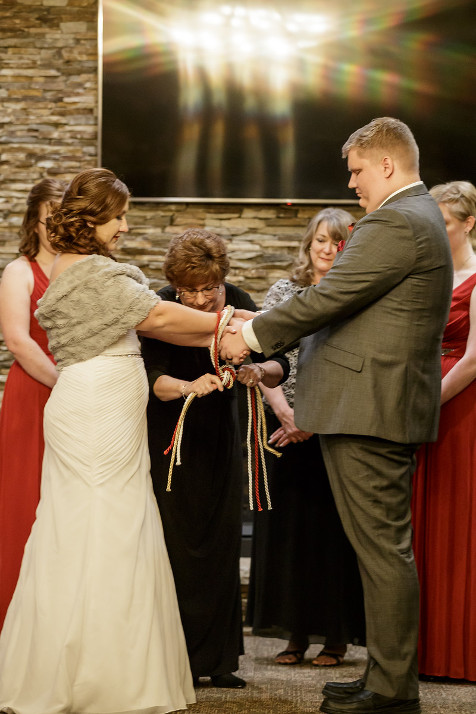Making Everyone Welcome at Your Wedding
Making everyone welcome at your wedding is one of the most gracious things you can focus on as the hosts of your big day. I’ve written previously about ensuring your ceremony venue is accessible for guests with disabilities but there are other ways to increase your guests’ comfort, too.
If you have a number of guests who are not fluent in English you might consider translating your final ceremony into their preferred language and making those copies available to them before the ceremony begins. This allows them to follow along and feel connected to what is happening.
One couple I worked with went further when the groom and his entire family spoke little English. They hired a translator for the ceremony. I knew about this ahead of time, and was able to assist the translator by providing a copy of the ceremony in advance so she could have her translation ready. I had also written the ceremony focusing on short paragraphs and simpler sentences so there were frequent breaks for translation. If you take this approach, make sure you opt for a shorter ceremony as your guests will be sitting through the equivalent of two ceremonies.
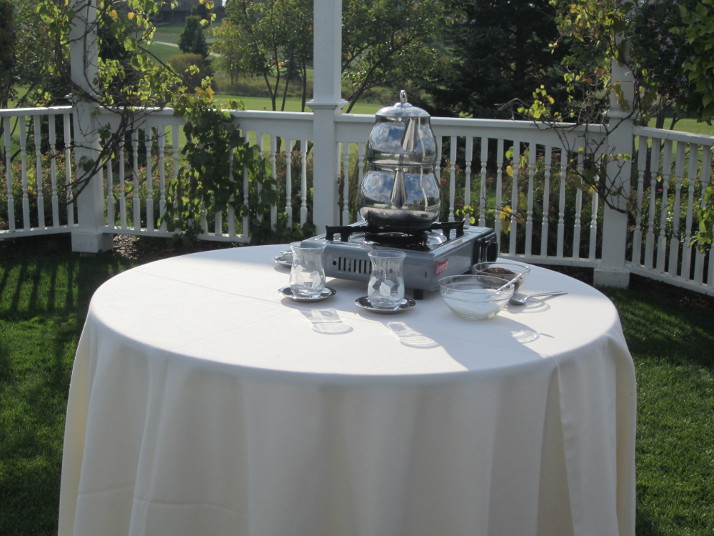
Once, the groom, his family and most of his guests were from Turkey. They didn’t want to translate the ceremony, but wanted these important people to feel connected to what was happening. They had the reading offered in both English and Turkish, and we wove a Turkish tea ritual through the entire ceremony. The couple had met over Turkish tea, and often shared tea as they connected at the end of each day. The ingredients, the preparation and the sharing of the tea were all described as analogies to marriage. The guests who couldn’t understand English saw a familiar ritual, and saw the couple valuing the groom’s (and their) heritage.
Making everyone welcome at your wedding takes some thought and creativity, but the rewards are awesome. Your ceremony is more personal, your guests feel more connected to you and everyone is ready for more celebrating afterward.

